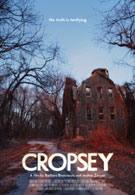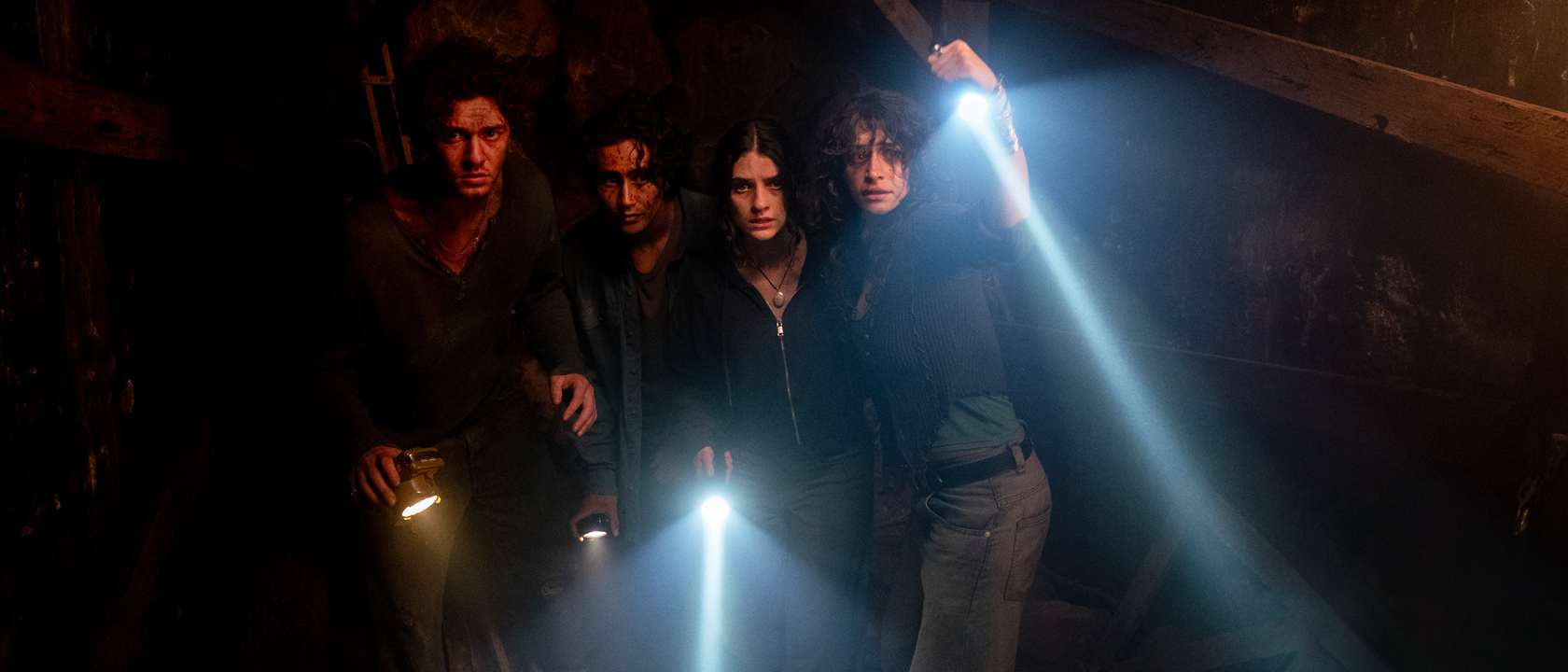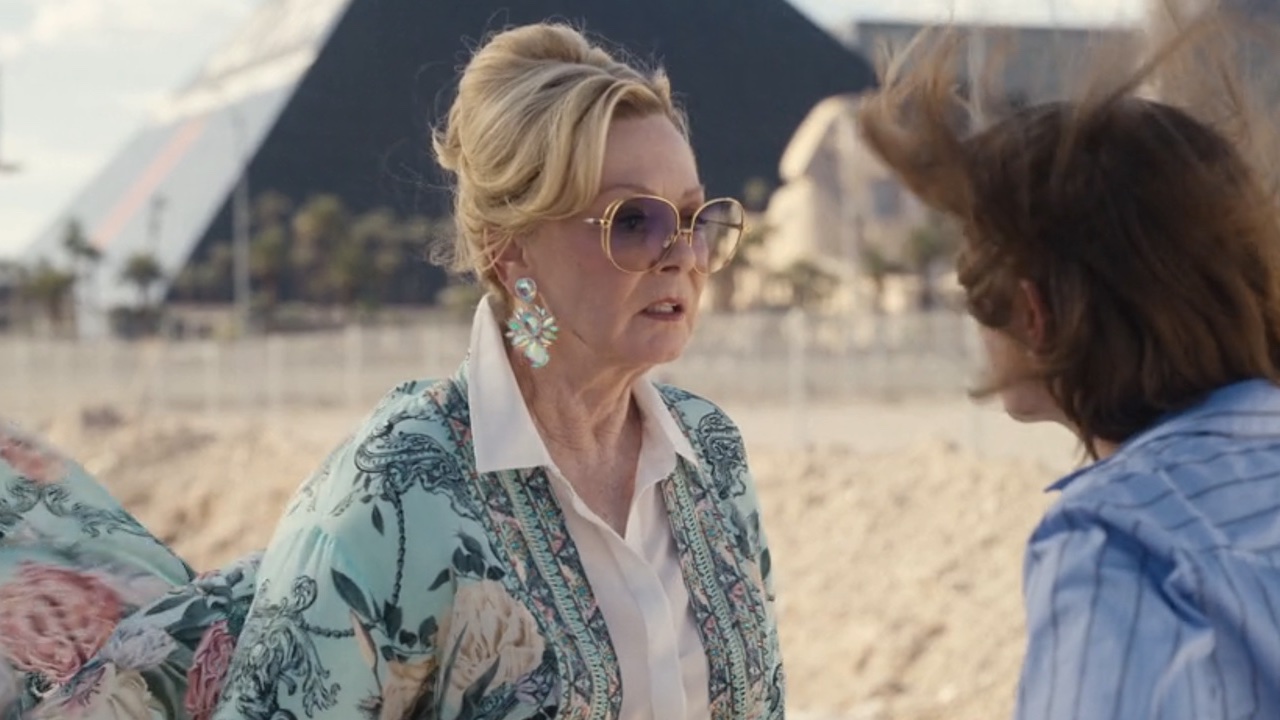When I attended sleep away camp as a kid in Pennsylvania, a small section of the grounds was off limits, not because the staff said so, but because of a frightening legend known as Cropsey. Any area with a rundown facility became Cropsey territory and if there was a bright orange moon, watch out, because that's a Cropsey moon. The rumors of an evil man that roamed the night ran rampant, but deep down nobody really believed them to be true; the stories of Cropsey were more of a source of entertainment. The kids living on Staten Island may have had a similar myth, but as documentary filmmakers Joshua Zeman and Barbara Brancaccio discovered, their bogeyman wasn't entirely mythical.
Cropsey begins as the legend the filmmakers heard as kids, a fun excuse to venture out into the woods of Staten Island for a night of terror fueled by terrible tales of a local maniac who preys on unsuspecting children. The infamous fable unnervingly became a reality in 1987, when the body of 12-year-old Jennifer Schweiger was found buried outside the defunct Willowbrook State School. Not only had the legend of Cropsey become a reality, but strikingly, the bogeyman had a name, Andre Rand.
Rand was a former employee at Willowbrook, the state funded mental institution for children that was exposed as corrupt by a young Geraldo Rivera in 1972. Zeman and Brancaccio include horrifying footage from Rivera's original report, revealing the appalling conditions in which Willowbrook's young patients suffered. Barely clothed children huddle in corners, and when Rivera attempts to describe the wretched smell of the facility, he admits his words cannot do it justice. The facility was ultimately shut down and seemingly abandoned, but the extensive network of tunnels beneath the structure continued to house a number of people, among them past employees, stray patients and Rand.
When Jennifer’s body was unearthed, a handful of eyewitnesses linked Rand to the crime, and though his arrest led to the reopening of four similar cases, it was always very possible that the cops nabbed the wrong guy always existed. The area where Jennifer was found had been searched once prior to Rand’s arrest, but the body wasn’t discovered until a second search was conducted after the alleged perpetrator was already in custody. Still, Rand was convicted and served 12 years in prison before being the prime suspect in the case of another missing child, seven-year-old Holy Ann Hughes. Zeman and Brancaccio interview Rand's acquaintances, his sisters and even Rand himself, but with more information the story grows increasingly complicated. While some of Cropsey’s subjects recognize the possibility Rand is innocent, others remain eager to dump the blame on him. Even worse, Rand's lifelong jail sentence doesn’t bring the families any closer to locating the remains of their loved ones inhibiting them from finding closure.
The fact that this is true a horror story makes Cropsey far more frightening than any slasher film. Between the shaky cam shooting style reminiscent of The Blair Witch Project and a sparse piano score hearkening back to the original Halloween theme, Cropsey becomes remarkably unnerving, though sometimes the terror feels too deliberate. Zeman and Brancaccio get away with this since the material is truly terrifying, but they really can't overcome their dreary narration. Maybe they wanted to maintain the film’s serious tone, but as narrators, Zeman and Brancaccio come across as though they’re bored with the material, even though they're enthusiastic in their onscreen appearances. Oddly enough, the team can justify including themselves in their own film, but they can’t provide a more lively narration.
Actually, some of the film’s more memorable moments are ones that star Zeman and Brancaccio. Their written correspondence with Rand from prison reveals how deeply entrenched they are in their investigation, as Rand takes the opportunity to defend himself but eventually dribbles off into nonsensical preaching, gravely frustrating and disappointing both Zeman and Brancaccio. But their screen time also offers the film’s lone and much welcomed light moment during which the filmmakers enter a spooky abandoned building at night despite Brancaccio’s hesitancy.
What begins as the documentation of a terrible legend evolves into a true story of a monster, and that’s what makes Cropsey downright frightening. After the credits you can’t help but wonder how many of the urban legends floating around out there also have a hint truth behind them. For all I know, it was a good decision to be a good little camper and stay in my bunk back at sleep away camp. Trails End Camp’s Cropsey could have been as real as the Staten Island version.
Staff Writer for CinemaBlend.












